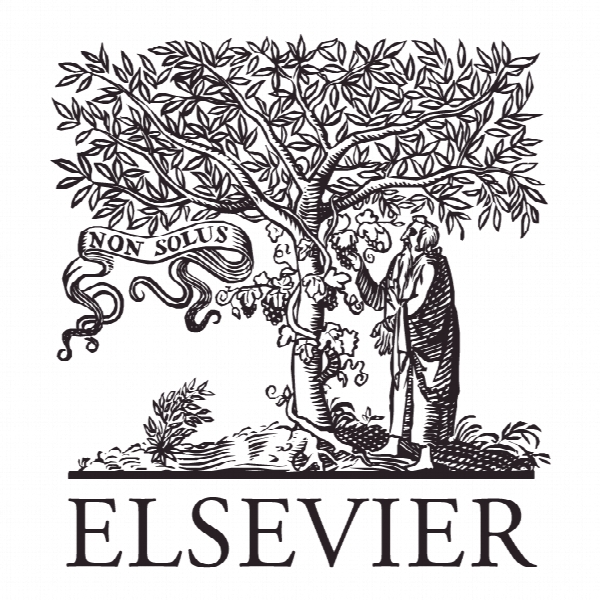افزایش صرف ریسک بازار نفت خالص: تقسیم شرطی صعودی و نزولی Higher Moment Risk Premiums for the Crude Oil Market: A Downside and Upside Conditional Decomposition
- نوع فایل : کتاب
- زبان : انگلیسی
- ناشر : Elsevier
- چاپ و سال / کشور: 2018
توضیحات
رشته های مرتبط اقتصاد
گرایش های مرتبط اقتصاد انرژی
مجله اقتصاد انرژی – Energy Economics
دانشگاه Auckland University of Technology – Business School – Department of Finance – New Zealand
منتشر شده در نشریه الزویر
کلمات کلیدی بازار نفت خام، صرف ریسک واریانس، صرف ریسک Skew، صرف ریسک مشروط، پیش بینی
گرایش های مرتبط اقتصاد انرژی
مجله اقتصاد انرژی – Energy Economics
دانشگاه Auckland University of Technology – Business School – Department of Finance – New Zealand
منتشر شده در نشریه الزویر
کلمات کلیدی بازار نفت خام، صرف ریسک واریانس، صرف ریسک Skew، صرف ریسک مشروط، پیش بینی
Description
1. Introduction Energy commodities have become a major part of financial markets as a result of the rapid growth in trading volume and the variety of derivative products, among which the crude oil futures and options have taken a significant proportion. Specifically, the trading volume of crude oil futures and options accounts for over 50% of the total trading volume of energy contracts on the NYMEX in 2015. As for the equity (index) option market, the commodity option market enables the study of variance risk premium, that is, the premium asked by market participants to invest/trade volatility risk. For the extensive literature on variance risk premium we refer, without being exhaustive, to [2], [7], [22], [9] and [19]. Beyond variance risk premium, skew risk premium has recently attracted a strong interest among academics. In [14], see also the important and related work of [16], the authors found that skew risk premium naturally completes variance risk premium for the equity index option market. The fact that financial markets react differently to positive and negative shocks has been widely acknowledged in previous literature. Consequently, semivariance measures, considered in [3] or [18], were found to carry more information than unconditional measures. For the specific case of crude oil market and the relevance of semivariance measures see [8] or [20]. Following that line of research it is therefore natural to assess whether tail risk premium or conditional variance risk premium carries more information than standard (i.e. unconditional) variance risk premium. In [5], [15] and [13], it was confirmed that the conditional variance risk premium has higher forecasting power for equity index excess returns. Based on these works we contribute to the literature by performing a conditional decomposition of variance and skew risk premiums extracted from options written on the USO (an exchange traded fund tracking the daily price changes of the WTI light sweet crude oil) and analyze their relations with the USO excess return. More precisely, our contributions are threefold: (i) we analyze the contemporaneous relationships between these decomposed higher moment risk premiums and the USO excess return, and show that the decomposition is essential to obtain significant results; (ii) we show how these decomposed higher moment risk premiums enable a much better prediction of the USO excess return than the undecomposed variance and/or skew risk premiums, thereby extending significantly the results of [9] that already showed the importance of variance risk premium over other trading activity factors when it comes to prediction; (iii) we provide an extensive comparison with existing results for the equity index option market that highlights the specifics of the crude oil market and further underline the usefulness of the decomposition.


